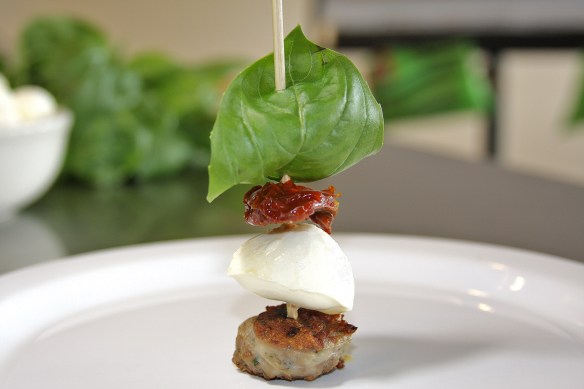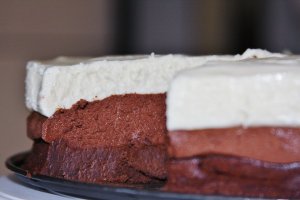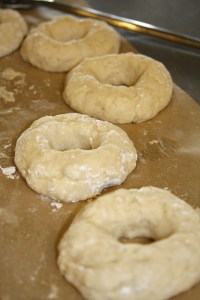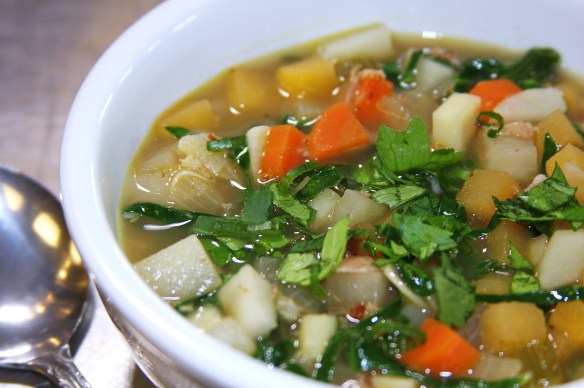 The Community Food Co-op supports YES on I-522 and believes that all consumers have the right to know what is in their food. The Co-op has always been a huge proponent of transparency with the consumer, and we have worked to educate our customers about the food they purchase since our organization was formed over 40 years ago; we have worked to educate consumers about genetically modified foods since the mid-90’s. While the co-op endorses the Yes on 522 campaign, what follows is my opinion on the issue.
The Community Food Co-op supports YES on I-522 and believes that all consumers have the right to know what is in their food. The Co-op has always been a huge proponent of transparency with the consumer, and we have worked to educate our customers about the food they purchase since our organization was formed over 40 years ago; we have worked to educate consumers about genetically modified foods since the mid-90’s. While the co-op endorses the Yes on 522 campaign, what follows is my opinion on the issue.
 We believe that transparency is an integral part of our business, on every level. I believe that transparency within the food industry in general should be a given – you know the old saying “you are what you eat”…well, how are you supposed to know what you are if you aren’t allowed to know what you are eating? I’ll admit that food is a huge part of my life – I’ve been employed by the food industry since I started working at 15 and I grew up (in part) in farming country. I’ve worked for the co-op for almost 17 years, and strongly believe in the services we provide to our community and to the natural foods industry in general. This is the first time in 20 years of being a registered (and annually active) voter that I have spoken up about a ballot initiative.
We believe that transparency is an integral part of our business, on every level. I believe that transparency within the food industry in general should be a given – you know the old saying “you are what you eat”…well, how are you supposed to know what you are if you aren’t allowed to know what you are eating? I’ll admit that food is a huge part of my life – I’ve been employed by the food industry since I started working at 15 and I grew up (in part) in farming country. I’ve worked for the co-op for almost 17 years, and strongly believe in the services we provide to our community and to the natural foods industry in general. This is the first time in 20 years of being a registered (and annually active) voter that I have spoken up about a ballot initiative.
I’ll be voting YES on 522 for many reasons, but the primary one is that I believe it is every consumers right to know what ingredients are in their foods. Consumers should have a choice on whether they want to purchase foods containing GMOs, just like we have the choice to purchase foods that are high (or low) in fat, contain certain allergens, or ones that contain high fructose corn syrup.
Voting pamphlets have now gone out and should already be in your mailbox – I would like to address some of the arguments against I-522 and the misleading statements that are being made about this initiative.
- “For decades, agricultural biotechnology has helped improve food crops so they resist disease, require fewer pesticides or are more nutritious.”
This is untrue on many levels – not only have GMO crops failed to increase yields, but they are also responsible for creating super weeds, pesticide resistant crops, and have not been proven to be more nutritious (I couldn’t find anything on the internet to substantiate this claim on either end, as any studies that have been done are biased and industry based). Not only have GMO crops not supplied the world with more affordable food, but they have been banned from a number of countries (many of which were the ones that we were supposed to “help” through the process), and 64 countries require labeling of foods that contain GMOs.
- “Today, 70-80% of grocery products include ingredients from these foods, and they’re deemed safe by the FDA and major scientific and medical organizations.”
While this isn’t untrue, it is very misleading. This is from the FDA’s website: “FDA encourages developers of GE plants to consult with the agency before marketing their products. Although the consultation is voluntary, Keefe says developers find it helpful in determining the steps necessary to ensure that food products made from their plants are safe and otherwise lawful. The developer produces a safety assessment, which includes the identification of distinguishing attributes of new genetic traits, whether any new material in food made from the GE plant could be toxic or allergenic when eaten, and a comparison of the levels of nutrients in the GE plant to traditionally bred plants. FDA scientists evaluate the safety assessment and also review relevant data and information that are publicly available in published scientific literature and the agency’s own records. The consultation is complete only when FDA’s team of scientists are satisfied with the developer’s safety assessment and have no further questions regarding safety or other regulatory issues.” What this essentially means is that it is a purely voluntary system that is based only on what information is made available to the public – which is supplied by the developer (note that they aren’t even referred to as farmers!) that is applying for the certification. StarLink corn is a perfect example of how this system is set up to fail. Check out Wenonah Hauter’s book Foodopoly for a wealth of information on why the USDA, the EPA, and FDA don’t always have the consumers best interests at heart.
- “…I-522 wouldn’t even give consumers a reliable way of knowing which foods contain GE ingredients.”
Once again, this is a misleading statement. While I feel I-522 may not cover everything it should, it is a great start. All of the major manufacturers would be required to label any products that contain GE ingredients, farmers would have to label GE crops, and smaller manufacturers wouldn’t be exempt either. Just because everything wouldn’t be required to be labeled under this initiative doesn’t mean that providing the information on the ones that would be required to be labeled is a bad idea. I’d rather have some of the information than none at all.
- “…studies show I-522’s Washington-only labeling requirements would hurt local farmers and increase an average family’s food costs by hundreds of dollars per year.”
Washington farmers support I-522, and there is no reliable way to know if food costs will indeed rise – the anti-campaign says they will, and the pro-campaign says they won’t. My take is this – with 22 other states preparing legislation that will either ban or require labeling of GMO products, cost increases will eventually happen regardless of our state’s outcome. Companies who choose to source non-GMO ingredients for their products rather than labeling may have increased costs that will be passed on to the consumer, but the cost to the companies for adding the label will be nominal and won’t (and shouldn’t be) be transferred to the consumer – companies change their packaging all the time to indicate “now made with whole grains” or “new and improved” and the like, and this adding this language to their packaging shouldn’t be any different.
- “Existing food labels already give consumers the option to choose foods without GE ingredients by choosing products labeled “certified organic”.”
While this is true, it is also a little elitist in my opinion. Yes, you can decide to purchase only certified organic foods, but a lot of people in our state either don’t have the access that we do in Whatcom County or don’t feel they can afford to purchase only organic foods. By not requiring labeling of GMOs, we are allowing big business to limit your right to make informed decisions. It shouldn’t matter if you are rich/poor, liberal/conservative, or young/old – you should be allowed to make your own informed choices on what you choose to eat.
I was thrilled to find out that the Co-op would be taking such an advocacy role in the Yes on I-522 campaign, as I feel that this is one issue that we have always been very transparent about our position on – since the mid-90’s we have worked to increase consumer awareness of GMO products through massive letter writing campaigns, signage in our stores, and the election of the Non-GMO Project’s Executive Director through a member vote to our own Board of Directors, just to name a few. We have held several educational events, open to the public, in the last month in support of I-522 that have been well attended and chock full of information (the last one we have planned is this Monday, October 21st from 6:30pm-8pm at our Cordata store Roots Room – you can learn about non-GMO corn preservation from local experts Krista Rome and Courtney Pineau).
For more information on GMOs and food industry advocacy visit:
Center for Food Safety
Non-GMO Project
Yes on I-522
Food and Water Watch
Videos endorsing I-522





















